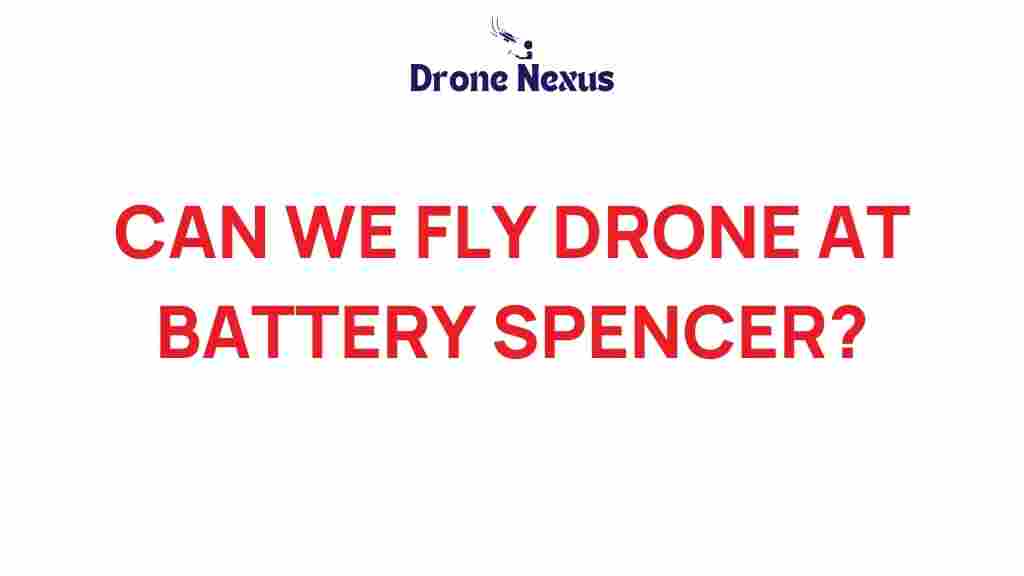Can You Safely Fly a Drone at Battery Spencer? Explore the Rules!
Battery Spencer, located in the beautiful Marin Headlands, offers breathtaking views of the Golden Gate Bridge and the San Francisco Bay. It has become a popular spot for photography enthusiasts and drone pilots alike. However, before you launch your drone into the sky, it’s crucial to understand the rules and regulations governing drone usage in this area. This guide will explore everything you need to know to safely fly a drone at Battery Spencer.
Understanding Drone Regulations
When it comes to flying a drone, understanding the legal landscape is essential. In the United States, the Federal Aviation Administration (FAA) regulates drone usage. Here are some key points to consider:
- Registration: Any drone weighing more than 0.55 pounds must be registered with the FAA.
- Altitude Limits: Drones can typically fly up to 400 feet above ground level.
- Line of Sight: Pilots must maintain visual line of sight with their drone at all times.
- No-Fly Zones: Certain areas, such as near airports or military bases, are designated no-fly zones.
Local Regulations at Battery Spencer
Aside from FAA regulations, it’s essential to be aware of local rules specific to Battery Spencer:
- National Park Service Guidelines: Battery Spencer is located within the Golden Gate National Recreation Area, where the National Park Service has strict regulations regarding drone usage.
- Permits: Commercial drone pilots may need to obtain a special permit to operate in this area.
- Wildlife Protection: Drones should not disturb wildlife, particularly during nesting seasons.
Preparing to Fly Your Drone
Now that you understand the regulations, it’s time to prepare for your drone flight. Here’s a step-by-step process to ensure a successful and safe flying experience:
Step 1: Check the Weather
Weather conditions play a crucial role in drone flying. Check for:
- Wind Speeds: Winds exceeding 20 mph can make flying your drone difficult.
- Precipitation: Avoid flying in rain or fog, which can affect visibility.
- Temperature: Extremely cold temperatures can reduce battery performance.
Step 2: Perform a Pre-Flight Checklist
Before taking off, conduct a thorough pre-flight inspection:
- Battery Levels: Ensure your drone and remote controller are fully charged.
- Propellers: Check for damage and ensure they are securely attached.
- Firmware Updates: Make sure your drone’s software is up to date.
Step 3: Familiarize Yourself with the Area
Understanding the landscape can help you navigate better. Take time to explore Battery Spencer and identify potential hazards, such as:
- Power lines
- Trees and other obstacles
- People and animals
Step 4: Plan Your Flight Path
Before taking off, plan your flight path to avoid restricted areas and ensure you remain compliant with local regulations. Consider:
- Where you want to take your photos or videos
- How high you will fly
- How to return safely to your launch point
Flying Your Drone at Battery Spencer
Once you’ve completed your preparations, you’re ready to launch your drone. Here are some best practices for flying:
- Stay Within Line of Sight: Always keep your drone within your visual line of sight.
- Respect Privacy: Avoid flying over private property without permission.
- Be Mindful of Other Visitors: Battery Spencer can get crowded, so be aware of your surroundings.
Troubleshooting Common Issues
Even the most careful drone pilots can encounter issues. Here are some common problems and how to troubleshoot them:
Issue 1: Loss of Signal
If your drone loses connection with the remote controller:
- Remain calm and wait for the drone to reestablish the connection.
- Use the ‘Return to Home’ feature if available.
Issue 2: Sudden Battery Drain
If you notice your battery draining quickly:
- Land your drone immediately to prevent it from crashing.
- Consider using a larger capacity battery for future flights.
Issue 3: GPS Signal Loss
If your drone loses GPS signal:
- Fly to a location with a clearer view of the sky.
- Switch to manual control if necessary.
Respecting Nature and Others
It’s important to remember that you are a guest in a natural area. To ensure that everyone can enjoy Battery Spencer:
- Minimize Noise: Drones can be loud; try to keep your flying discreet.
- Leave No Trace: Always clean up after yourself and avoid disturbing the local fauna.
- Educate Others: If you see someone unfamiliar with drone regulations, kindly educate them.
Conclusion
Flying a drone at Battery Spencer can be a rewarding experience, offering stunning vistas and unique aerial perspectives. However, it’s crucial to adhere to both FAA regulations and local guidelines to ensure a safe and enjoyable flight. By following the steps outlined in this guide, you can confidently navigate the rules and make the most of your time at this iconic location.
For more information on drone regulations and safe flying practices, check out the FAA’s official website. Additionally, if you want to learn more about drone-related topics, visit our blog for insightful articles and tips!
This article is in the category Safety and created by DroneNexus Team
